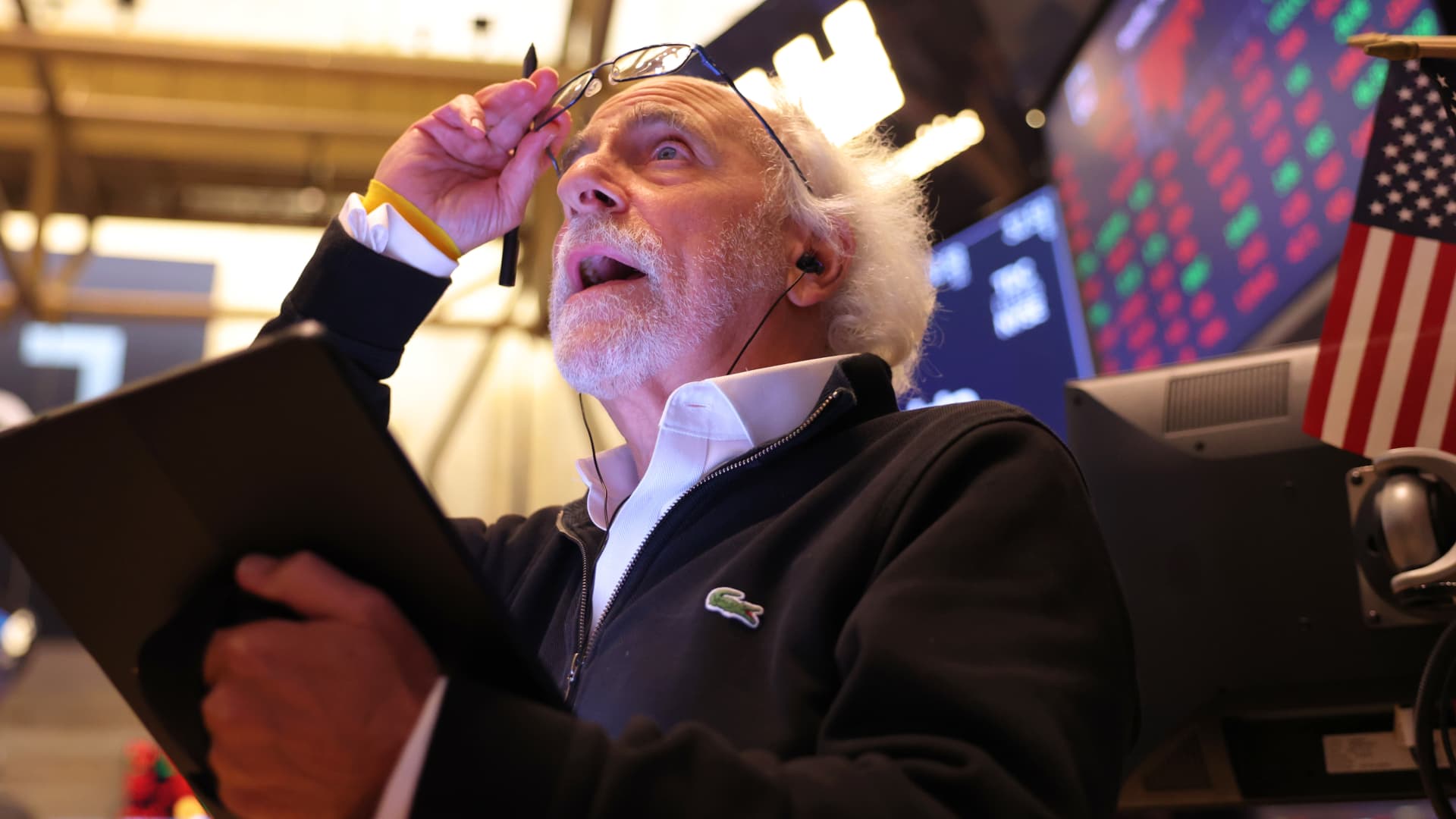Stocks have taken yet another turn lower after U.S. Federal Reserve Chairman Jerome Powell made clear last week that rate hikes are set to continue — even if they cause more pain ahead. The S & P 500 and Dow Jones Industrial Average are both down more than 3% for the month, while the Nasdaq Composite has tumbled around 4% over the same period. So what could drive the next leg down for stocks? Morgan Stanley and Wolfe Research have identified a number of factors they expect to determine market moves looking ahead. ‘Laser focused on this risk’ The biggest risk to stocks isn’t the Fed – it’s earnings, according to Morgan Stanley. “The path for stocks from here will be determined by earnings, where we still see material downside,” the bank’s strategists, led by Mike Wilson, wrote in an Aug. 29 note. They said stocks’ performance in the second half will “ultimately be determined by earnings expectations for next year, in our view.” “As a result, equity investors should be laser focused on this risk, not the Fed, particularly as we enter the seasonally weakest time of the year for earnings revisions, and inflation further eats into margins and demand,” the strategists added. Morgan Stanley is watching two indicators in particular: The spread between forward sales growth and the rate of change on the producer price index The spread between nominal GDP growth and wage growth. “Both indicators suggest margin pressure and earnings growth risk ahead,” said Morgan Stanley. The rate of change on another indicator that the investment bank has watched this year — earnings revision breadth — also points to downside to growth, the bank’s analysts added. Earnings revisions breadth is the difference between analyst upgrades and downgrades in earnings estimates, over the total number of estimate changes. ‘Consumer holds the key’ For Wolfe Research, “the consumer holds the key” to what’s next for the economy. “Consumer spending is very likely to determine whether our bearish call on the U.S. economy and markets is ultimately right or dead wrong,” the firm said in a note dated Aug. 29. When it comes to the drivers of consumer spending, the research house said: “Our sense is that the biggest tailwinds are fading fast, while the biggest headwinds are strengthening quickly.” According to Wolfe Research, those strengthening headwinds include: negative real income growth, high inflation, tighter credit and falling consumer confidence. The firm noted that even if personal consumption expenditure — which accounts for around 70% of U.S. GDP — stabilizes, it sees more downside ahead. Growth expectations and earnings revisions are also indicators to watch closely, according to Wolfe Research. “We believe the Fed tightening has just started to hit the economy and that the next big leg down in this bear market is going to be driven by falling GDP growth expectations and downward earnings revisions,” the firm said.





















Discussion about this post